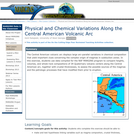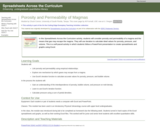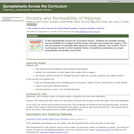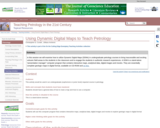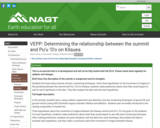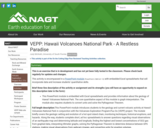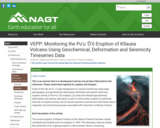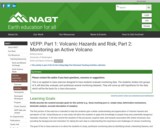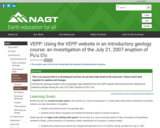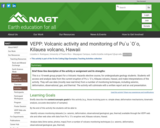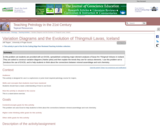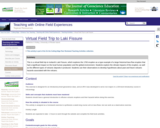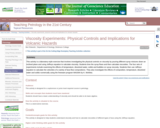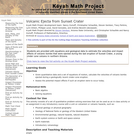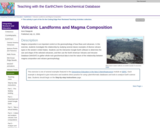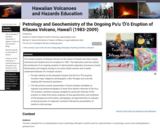
Pre-lab material provides background on the Hawaiian hotspot and the current eruption utilizing maps, diagrams, information, photographs, and video footage of the Pu'u 'Ō'ō eruption with written questions that test understanding of this material.
Examination of hand samples (available on request) and photomicrographs of lavas from a distinct interval of the Pu'u 'Ō'ō eruption with group partners in lab.
Working within groups assigned to particular intervals of the eruption to make time-series analyses of lava geochemistry from the Pu'u 'Ō'ō eruption to evaluate crustal processes of magmatic evolution.
Interpretation and synthesis of background information, petrography, and geochemistry, and presentation of results and interpretation with group partners at the beginning of the next lab period.
(Note: this resource was added to OER Commons as part of a batch upload of over 2,200 records. If you notice an issue with the quality of the metadata, please let us know by using the 'report' button and we will flag it for consideration.)
- Subject:
- Biology
- Chemistry
- Geology
- Life Science
- Physical Science
- Material Type:
- Activity/Lab
- Provider:
- Science Education Resource Center (SERC) at Carleton College
- Provider Set:
- Teach the Earth
- Author:
- Andrew Greene
- Michael Garcia
- Date Added:
- 08/21/2020

